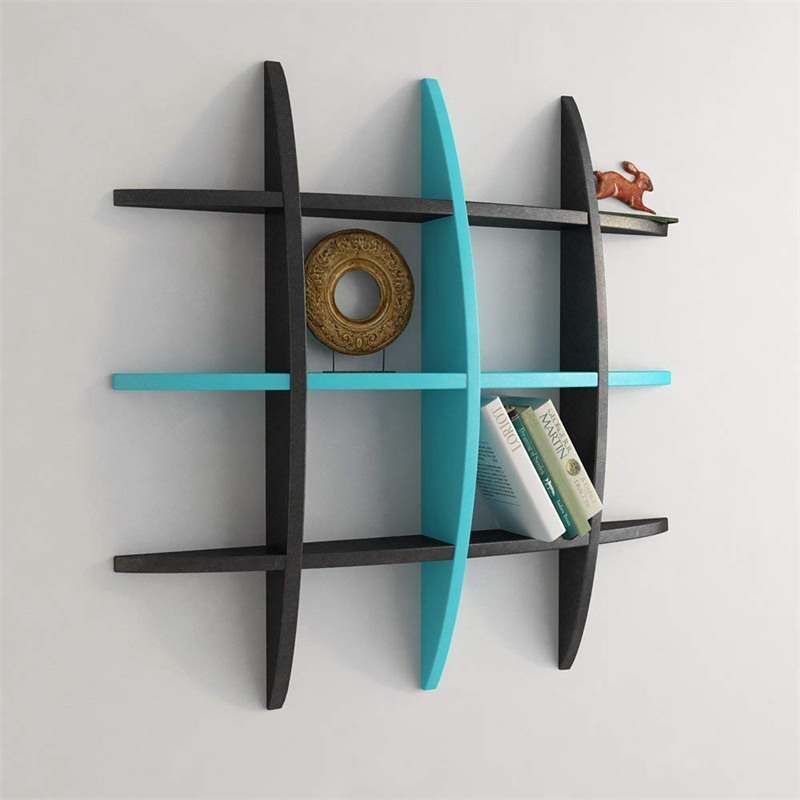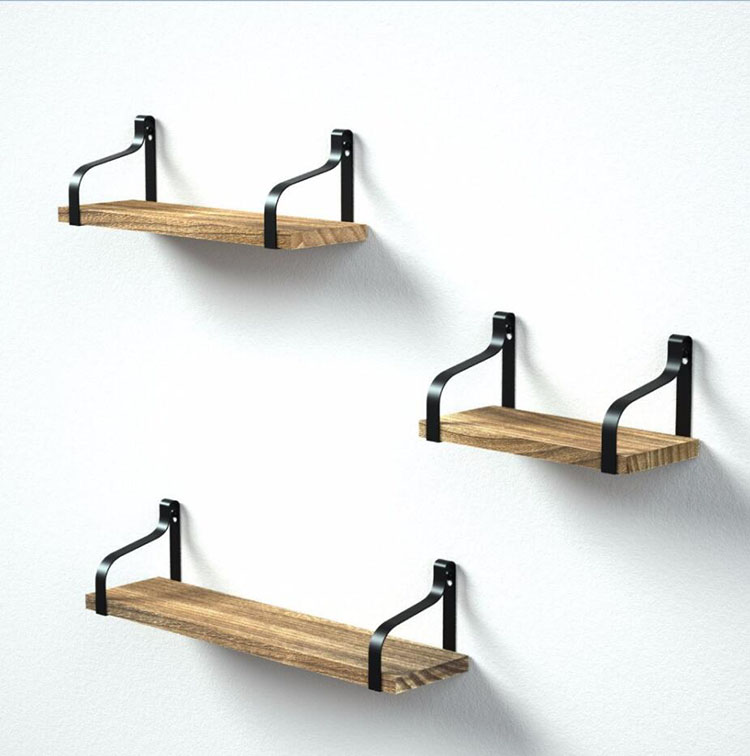First, the smoothness of the paper
Offset printing has many types of products, including newspapers and periodicals, packaging and decoration products, and the surface conditions of printing papers are also very different. Therefore, the printing pressure required for printing varies. The following table lists the paper smoothness and printing pressure data on a sheet-fed offset press. The line pressure between the plate cylinder and the blanket cylinder is fixed at 5 kg/cm and the printing speed is 4000 rpm. Printed with different smoothness of paper, when obtaining the best quality prints, the measured linear pressure of the impression and blanket cylinders.
As can be seen from the table, the printing pressure required for rough-surfaced newsprint is almost three times that of ultra-smooth coated paper with extremely smooth surfaces. Printing on paper with a low degree of smoothness must appropriately increase the printing pressure, otherwise it will appear. Prints]] outlets]] hair false, writing off the faults.
Second, the printing speed
Many production examples can prove that when the printing speed increases significantly, the printing pressure also increases. Because the printing speed is increased, the contact time between the corresponding dots on the printing surface is also reduced. This requires a greater pressure, so that the degree of incomplete contact between the printing surfaces is reduced, and the ink can be quickly The transfer from the ink supply surface to the ink receiving surface allows the ink to perform the necessary transfer in a short time.
The same is the rotary press. The high-speed machines in modern times must have higher printing pressure than the old ones because the high-speed machines have a larger roller utilization coefficient and a smaller radius than the old ones. The compression width is also relatively reduced, which also affects the ink transfer.
Third, the product quality requirements
Different products have different replication requirements. In addition to the use of different raw materials and plates, it is also possible to adapt to the pressure of printing. "Field" graphics can (also allow) a little more pressure to meet the requirements of imprinting. Network line graphics should emphasize "ideal pressure" and avoid network loss and loss. High-line products are more demanding on the quality of copying. In particular, it is necessary to control the printing pressure so as to reach the minimum value. When printing such products, in addition to using coated paper with a smooth surface, it is also necessary to pay attention to the quality of the printing plate. Strict control of ink balance on the printing plate surface.
Fourth, the elasticity of the blanket and its liner
The deformation of the blanket and its cushioning material (liner, cushion, and also felt) is closely related to the printing pressure, and blankets and pads that are flexible and that are not easily lost after mass printing should be used. Paper and felt, to meet the basic requirements of the ideal printing pressure. On the contrary, if the domestic poor quality blanket is selected to reduce costs, the absolute value of the minimum printing pressure must be increased. If the use of imported air-cushion blanket printing pressure is generally set to 0.08 ~ 0.10mm, if the domestic blanket with Maoni to use as a gasket, the general printing pressure is set to 0.2 ~ 0.25mm.
After a certain amount of time (inking) is used, the blanket loses or reduces its original elasticity (which is determined by their quality) either quickly or slowly. At this time, the pressure has to be increased to solve the problem of good ink transfer. The problem, which is to say that the new blanket and liner material can achieve a smaller printing pressure.
Fifth, the number of print
In the printing process, as the number of printed matters increases, the printing pressure decreases. This is because after the blankets and liners are used for a period of time, a certain amount of printed matter is printed, the original pressure will be lost or reduced. Elasticity therefore reduces printing pressure. According to the experiment: the printing pressure for the soft liner is reduced by 20-30%, and for the rigid liner it is decreased by not more than 10-15%. As the printing pressure drops, the ink transfer rate will decrease. Therefore, in order to obtain stable quality prints, the pressure may be adjusted slightly higher before printing so that the printing pressure after a certain number of printing is still sufficient to ensure quality.
This reduction in printing pressure was most noticeable after the pad was updated. Therefore, after the liner is renewed, it must be run at the working speed for half an hour to an hour so that the liner and the blanket can be deformed and stabilized, and then the printing pressure can be adjusted, so that a good print can be obtained with a substantially constant printing pressure.
A floating shelf is a form of shelf with its wall fixings hidden within the shelf board, with no visible supporting brackets. It can be supported on hidden rods or bars that have been attached to studs. A thick floating shelf may be made of a hollow-core shelf glued to a cleat.

A floating shelf may have two or more channels open from the back towards, but without reaching, the front, into which slide fasteners attached to the wall, typically held in place by screws inserted through the bottom of the shelf.
For typical floating shelf supports, a supplier suggests that floating brackets with a diameter of 12mm can support a shelf at least 22mm thick loaded with 20kg, and 18mm brackets can support 30kg on a 28mm shelf.

This description is in reference to one particular type of floating shelf support, others options are available. Also not to be confused with corner shelves, which would require entirely different supports to make them "float".
Floating shelves are a good fit for a contemporary minimalist style interior.They can be used to expand storage space, atop a radiator to double as storage, or inside a hallway to double as a console table.
Wall Mounting Shelf,Wall Mount Corner Shelf,Wall Mounted Floating Shelf,Wall Mounted Shelf,Wall Mount Shelves Set,Floating Corner Shelves,Rustic Decorative Shelves,Wall Corner Shelves
Jinan Tri-Tiger Technology Development Co., Ltd , https://www.tigerwoodproduct.com